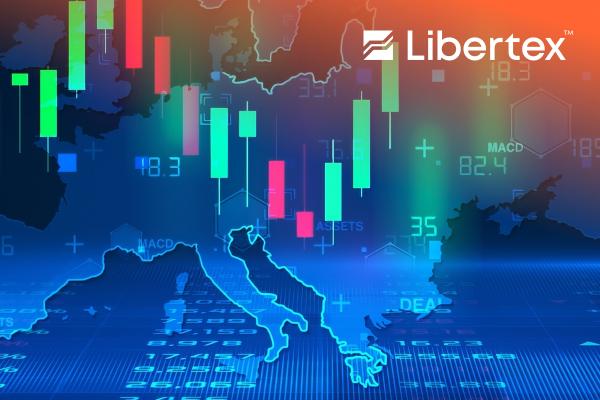With all the excitement in the equities and crypto market of late, it’s easy to overlook the less glamorous asset classes like traditional currencies. But despite its slower-moving nature, the Forex market is still the world’s biggest and most liquid, turning over a whopping $7.5 trillion every single day. And though the movements are typically small, significant events can still see huge amounts of money change hands due to its high leverage environment. With a key shift in monetary policy direction expected soon from the world’s leading central bank, the US Federal Reserve, there’s strong potential for major ripples across the currency markets. As Fed chair Jerome Powell heads to Washington this Tuesday (09/07) to give his annual testimony to Congress, many investors are watching closely for any signs as to when cuts can be expected.
Meanwhile, political upheaval in Europe amid ongoing geopolitical uncertainty across the continent presents fresh challenges to the already beleaguered euro as the Japanese yen soars ever higher in spite of the BoJ’s best efforts to build faith. Will a newly dovish Fed help turn the tide for these other key majors? And what will be the other main factors driving the global Forex market in the rest of 2024? In this article, we’ll look at where these big three currencies could be headed in the medium term and why.
Thank the Fed
As we touched upon earlier, many are expecting a policy pivot from the Federal Reserve. It’s well known that the dollar’s strength against the world majors post-pandemic has been largely attributable to the monetary policy disparity between the US and much of the rest of the world. The Fed acted swiftly and dramatically to raise rates during the 2021-2023 inflationary surge, increasing its funds rate from near zero to above 5% in the space of just 12 months. Meanwhile, the ECB, BoE, and BoJ were much slower to react, with the latter even failing to raise rates at all until as late as May of this year. Naturally, this helped the greenback strengthen significantly and we even briefly saw USDEUR parity as a result. As Jerome Powell told Congress this week, the US “is no longer an overheated economy” and the argument for rate cuts is becoming increasingly convincing as a way to shift the focus from solely inflation and face up to the “two-sided risks” threatening the US economy. And with the labour market now cooling down to pre-pandemic levels, an injection of cheaper cash could be just what the economy needs to boost productivity. An additional benefit would be that US imports would be more attractive to Europe and beyond. Despite the optimism, Powell declined to give a clear timeline on when he will cut, with some suggesting it could happen after the US presidential election in November.
Flight from fiat
Another key but little analysed factor for currencies as a whole is the unpopularity of fiat money in general. The USD is still somewhat shielded from this phenomenon as the world’s reserve currency, but events such as the Saudi rejection of the petrodollar and loss of trust associated with the weaponisation of the US currency by Washington could weigh on the greenback longer term. However, currencies like the euro and yen are already rapidly losing their draw as a store of value/appreciable asset. The 2021-2023 inflation surge demonstrated to many that their money’s value is far from constant as prices of many household essentials rose by almost 50% during this short period. Owners of euros were particularly hard hit due to the concurrent weakness of the single currency against the USD. In Japan, the effects were even worse, albeit for different reasons. While inflation might have remained nominally within the normal range on account of Tokyo’s long-standing deflationary problems, the yen lost an unfathomable 30% of its value against the US dollar over this period. The reason behind both these phenomena is overly dovish monetary policy. The BoJ, for instance, only entered positive rates territory in Q2 of this year, while the ECB have consistently trailed 1% behind the Fed throughout the inflationary crisis. As both domestic and geopolitical uncertainty grows, investors are increasingly shunning fiat currency as a store of value in favour of gold, using USD or euros more frequently as a medium of exchange only – a trend that will only accelerate with softer monetary policy worldwide.
Trade currencies and more CFDs with Libertex
Libertex is a multi-award-winning CFD broker that connects ordinary traders and investors with the global financial markets. With Libertex, you can trade CFDs in EURUSD, AUDUSD, GBPUSD, and USDJPY – as well as the US Dollar Index. For more information or to create an account of your own, visit www.libertex.com/signup today!

